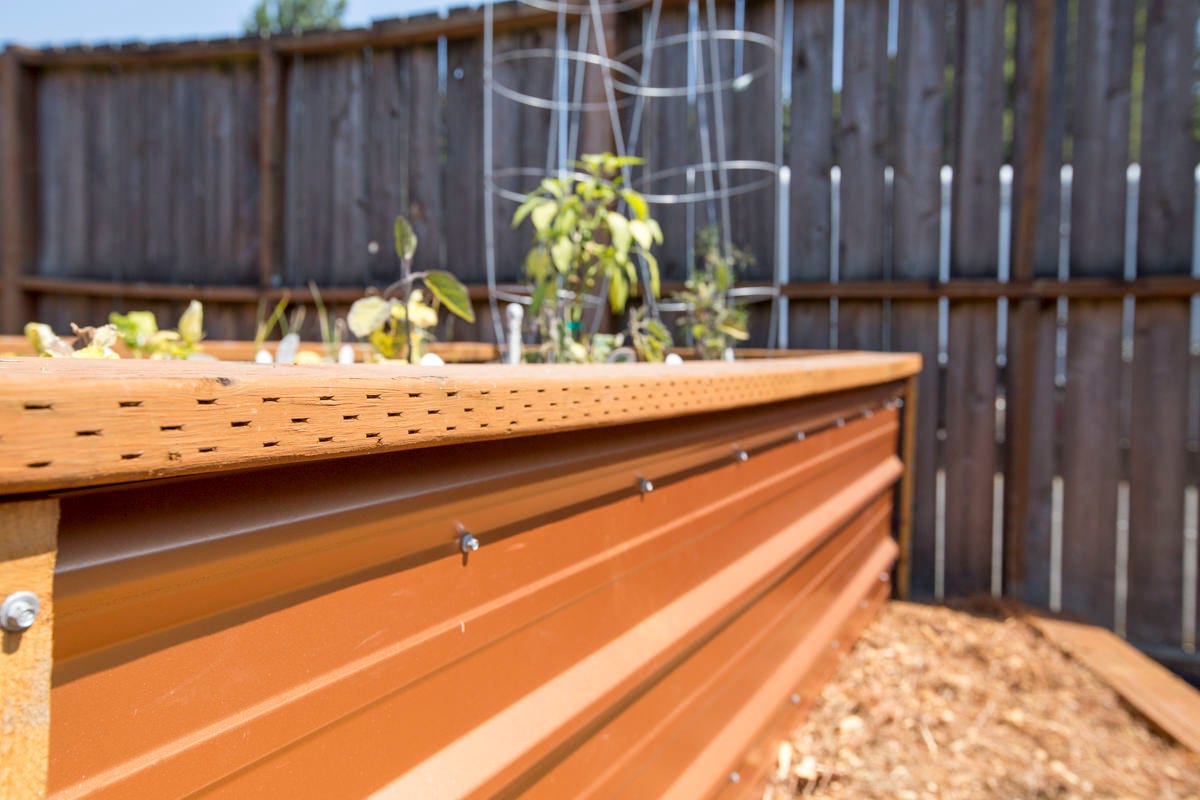
"Enjoy the pleasure, convenience, and cost-effectiveness of growing your own food!”
Shopping for fresh produce can be expensive—but with a little lumber and elbow grease, you can enjoy the pleasure, convenience, and cost-effectiveness of growing your own food!
Building a DIY raised garden bed is a smart investment whether you’re a renter, a homeowner, or living with limited space or poor soil conditions. They offer a range of benefits that make growing your own food manageable and fun.
Because of their elevated style, some DIY raised garden beds can make gardening more comfortable by reducing the need for bending and kneeling. They also enhance the beauty and organization of your garden with optional features like patio lights or connecting trellis archways.
Unlike in-ground gardens, DIY raised garden beds let you control soil composition, ensuring it stays aerated, well-draining, and nutrient-rich. This is especially helpful in the Pacific Northwest where soil conditions are clay-heavy and often waterlogged.
You can also extend your growing season and maximize your crop yield with DIY raised garden beds. Raised beds warm up faster in the spring, allowing for earlier planting. They can also stay warmer in the colder months with the addition of a cold frame, prolonging the season.
Worried about pests and weeds? DIY raised garden beds are a great solution for fending off pesky garden culprits. Prevent mole and gopher access by reinforcing the bottom with wire mesh or hardware cloth. Row covers can also help keep cabbage worms at bay, while the raised structure naturally reduces weed infiltration.
Now, let’s take a look at some of our most helpful DIY raised garden bed projects:
How To Build a Self-Watering Raised Bed
A self-watering garden bed saves you time and money, allowing you to grow healthier plants with less water and prevent water waste by irrigating your garden directly at its roots. Because of the integrated reservoir, self-watering raised beds offer a steady source of irrigation so you can even leave town for a couple days without your garden drying out.

How To Build a Planter Bed
Looking for an easy weekend project? Follow our step-by-step guide to creating a simple DIY garden bed—perfect for first-time DIYers. Minimal materials and simple tools make this planter bed an easy, family-friendly project—one that brings the big rewards of growing your own garden.

How To Make A Juniper Raised Bed
Juniper has long been a popular wood for garden projects. Naturally rot- and bug-resistant, juniper is a safe alternative to pressure-treated wood and has impressive longevity, with an average lifespan in the 30-year range. Plus it’s beautiful, with striking grains and warm tones.

How To Build a DIY Potato Planter
Potatoes are a fantastic, low-maintenance crop requiring minimal weeding and pest control. As an alternative to a DIY raised garden bed, this potato planter allows you to grow a large quantity of potatoes in a small space by forcing the potato plant to stretch upward, maximizing the growing area.

Curious to learn more tips and tricks to improve your garden? Check out our garden category for more knowledge and inspiration, with posts like how to choose the right wood for building a raised bed or our project plan for a DIY cold frame tent.



